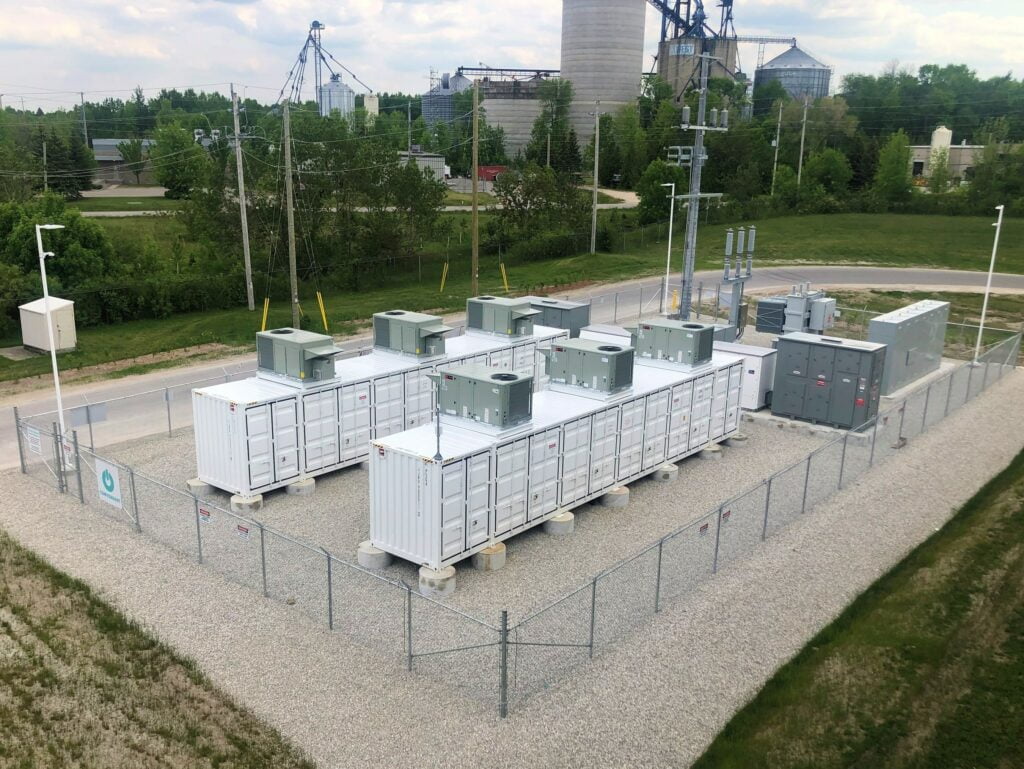Greener Power Solutions provides mobile temporary storage solutions. Image: Greener Power Solutions.
Mobile battery storage rental company Greener Power Solutions has raised €45 million (US$45 million) from DIF Capital Partners.
Greener Power, founded in 2018, provides mobile battery energy storage solutions through a fleet of 60 batteries totalling 20MWh. It has an in-house software platform that controls the batteries to help customers manage energy consumption in a more cost-effective way.
It will use the capital from DIF to strengthen its market position in the Netherlands and internationally by further investing in hardware, software and innovation, it said. Part of it will go to R&D while an expansion of its fleet and upscaling the 25-member team is also planned.
DIF, which has over €11 billion in assets-under-management, made the investment through its DIF CIF III fund. Willem Jansonius, partner and head of the DIF CIF strategy, commented:
“Temporary energy is of growing importance due to the overloading of the Dutch power grid that we are currently seeing. Greener’s mobile energy solutions offer its customers a significant reduction in harmful emissions and therefore contribute to the realisation of the energy transition. We look forward to working together with the management to realise Greener’s ambitious growth plans.”
Greener Power’s solution uses TheBattery Mobile, the mobile storage product from Alfen, a larger energy storage and power solutions company, also Netherlands-based. In March it acquired a further 20 units of the product, which has an energy capacity of up to 422kWh.
Dieter Castelein, co-founder and CEO of Greener Power, wrote a guest blog providing a case study of its solution for Energy-Storage.news back in 2019 which you can read here. In it, he explained how its solution can help diesel generators run much more efficiently at festivals as well as provide a backup power solution during local transformer shut-offs for grid maintenance.
Commenting on DIF’s investment, Greener Power’s COO and co-founder Klaas Akkerman said that its software can now also control other power sources as well as batteries.
“Not only can we provide insight into usage from the battery, we can also control various power sources such as solar, wind and hydrogen. In this way, we connect the temporary energy market to both storage and smart technology. That is important at a time of acute capacity problems on the energy grid and a rapidly rising demand for electricity,” he said.
The Netherlands has had a lot of activity in the mobile energy storage space in recent years which Energy-Storage.news has covered.
Two years ago, renewable energy retailer Greenchoice announced it would develop mobile battery ‘dock’ solutions with German engineering startup Greener Engineering. Shortly after that, grid operator TeneT launched a project to use mobile battery storage units to provide frequency control ancillary services.
There’s been movement elsewhere more recently too. At the end of June, energy giant EDF’s optimisation platform EDF Store & Forecast launched a partnership with Forsee Power to develop mobile and intelligent electricity storage systems using second-life batteries in Europe.
Further afield, Chinese and Indian companies AmpereHour Energy and Gotion High-Tech, respectively, recently released new mobile energy storage products. Gotion’s Gendock 3000 uses lithium iron phosphate (LFP) batteries while AmpereHour has not gone further than saying that its MoviGEN solution is lithium-ion-based.
Continue reading










